Guide to the Collections, The University Museum. Philadelphia: The University Museum, 1965.
Reference
- Object[48]
- yes[48]
- african[4]
- american[5]
- asian[8]
- babylonian[1]
- egyptian[2]
- mediterranean[13]
- near eastern[14]
- oceanian[1]
- 3D Model[1]
- amphora[2]
- back ornament[1]
- bowl[2]
- box[1]
- box lid[1]
- bull head[1]
- bust[2]
- cast[1]
- coffin fragment[1]
- cult object[1]
- cup[1]
- false door[1]
- footed bowl[1]
- funnel[1]
- head[1]
- headhunting pole[1]
- inscription[1]
- jar[1]
- lekythos[2]
- lion pin[1]
- lyre fragment[1]
- mandorla[1]
- offering stand[1]
- pendant[1]
- pyxis[1]
- pyxis lid[1]
- relief[2]
- reliquary guardian figure[1]
- rhyton[1]
- stamnos[1]
- statue[13]
- statue base[1]
- stela[2]
- strainer[1]
- tablet[1]
- vase[2]
- yoke[1]
- al 'ubaid[1]
- athens[1]
- attica[1]
- benin kingdom[3]
- beth shean[2]
- beth shemesh[2]
- campania[1]
- central veracruz[1]
- chama (guatemala)[1]
- china[8]
- costa rica[1]
- department of alta verapaz[1]
- department of peten[1]
- dingzhou[1]
- egypt[2]
- etruria[3]
- french congo[1]
- gabon[1]
- gabun[1]
- gibeon[1]
- greece[1]
- guatemala[2]
- hasanlu[1]
- hebei[2]
- henan[2]
- hierapolis[1]
- honduras[1]
- indonesia[1]
- iran[3]
- iraq[7]
- irian jaya[1]
- israel[4]
- italy[7]
- khafaje[1]
- latium[3]
- mediterranean[4]
- mexico (central america)[1]
- minturnae[2]
- montecelio[1]
- new guinea[1]
- nigeria[3]
- nippur[1]
- orvieto[1]
- palestine[1]
- piedras negras[1]
- pozzuoli[1]
- puteoli[1]
- saqqara[1]
- shaanxi[2]
- shandong[2]
- syria[1]
- tepe gawra[1]
- tepe hissar[1]
- ulua valley[1]
- ur[3]
- vulci[2]
- xi'an[1]
- yixian[1]
- zhaoling[1]
- ziwiyeh[1]
- archaic greek period[1]
- classical greek period[1]
- early dynastic iiib[1]
- eastern wei dynasty[2]
- geometric period[1]
- halaf period[1]
- han dynasty[1]
- hissar ib[1]
- imperial roman period[2]
- iron age ib[2]
- iron age iia[2]
- jemdet nasr[1]
- jin dynasty[1]
- julio-claudian period[1]
- liao dynasty[1]
- middle corinthian period[2]
- middle kingdom[1]
- old kingdom[1]
- republican roman period[1]
- sixth dynasty[1]
- tang dynasty[2]
- tianping[2]
- wei dynasty[2]
- asmat[1]
- attic[4]
- bakota[1]
- buddhist[6]
- chinese[8]
- corinthian[2]
- edo (africa)[3]
- etruscan[3]
- greek[1]
- late classic maya[1]
- lowland maya[1]
- maya[1]
- philistine[2]
- roman[5]
- ulua valley (culture)[1]
- ajax[1]
- amasos[1]
- attendant[1]
- bird[1]
- birds[1]
- bodhisattva[1]
- bull[1]
- bull head[1]
- carriage[1]
- chariot[2]
- dancer[1]
- death of achilles[1]
- death of antilochos[1]
- dipinto[1]
- donor[1]
- doric column[1]
- eye[1]
- family[1]
- female head[1]
- four figures[1]
- frog[1]
- funeral[1]
- funerary[1]
- game[2]
- general qiu xinggong[1]
- goat[1]
- goat?[1]
- greek inscription[1]
- griffins[2]
- heracles[1]
- horned animal[1]
- horse[3]
- horseman[1]
- human figures[1]
- hunter[1]
- ibex?[1]
- iliad[1]
- inscription[1]
- klismos[1]
- latin inscription[1]
- lion[2]
- lotus-palmette[2]
- luohan[1]
- mahasthamaprapta[1]
- maitreya[2]
- maitreya buddha[1]
- male head[2]
- man[1]
- marathonian bull[1]
- matron[1]
- medicine[1]
- memnon[1]
- men[1]
- menander[1]
- menelaos[1]
- nemean lion[1]
- offering table[1]
- pangolin[1]
- panthers[2]
- prabhutaratna buddha[1]
- queen mother[1]
- ram[1]
- ram head[1]
- sakyamuni buddha[1]
- saluzi[1]
- siren[2]
- soldier[1]
- spinning[1]
- tang taizong horse[1]
- theseus[1]
- tree[2]
- warfare[1]
- warrior[1]
- winged lion[1]
- woman[3]
- wool basket[1]
- 飒露紫[1]
- bas relief[1]
- black figure[1]
- carved[9]
- fired[1]
- geometric[1]
- gilded[4]
- glazed[1]
- incised[1]
- inscribed[1]
- lost wax casting[1]
- low relief[1]
- painted[7]
- red figure[2]
- three color glaze[1]
- white ground[1]
1 - 30 of 48 Records
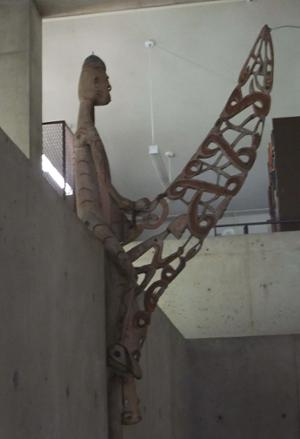

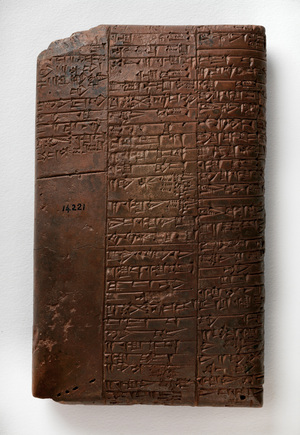
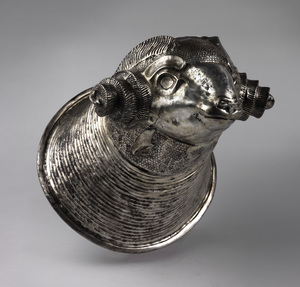
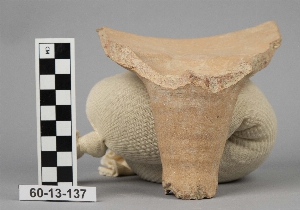

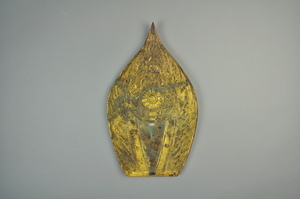
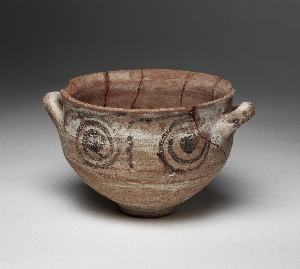
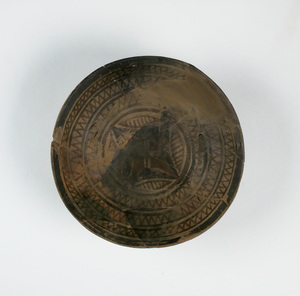
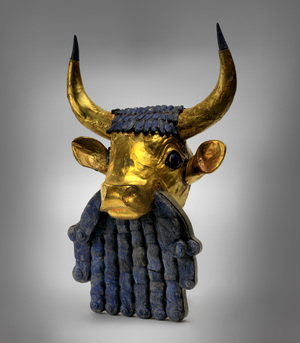
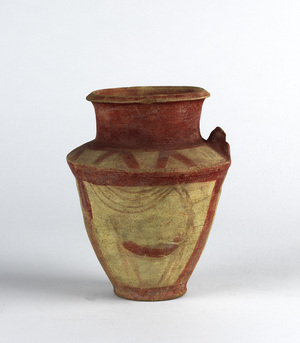

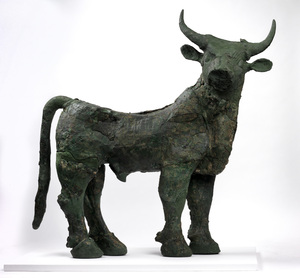
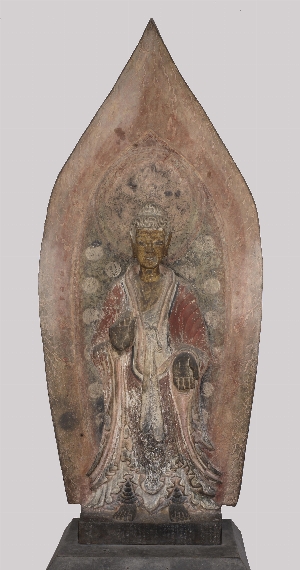
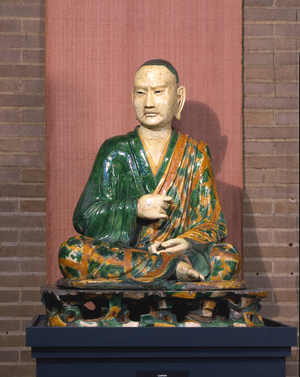

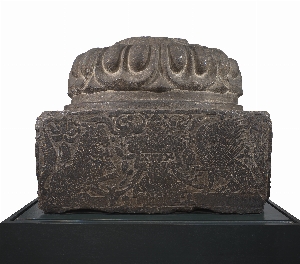
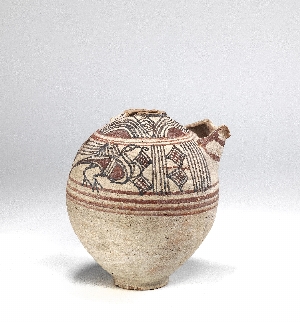
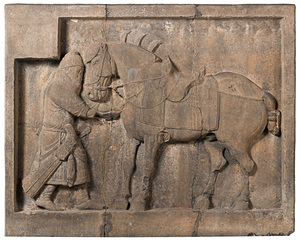

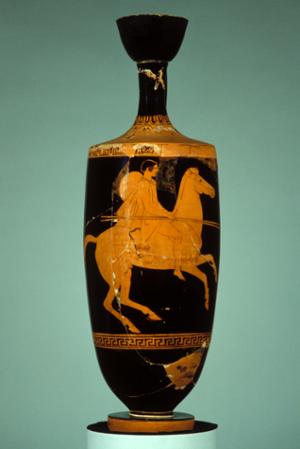
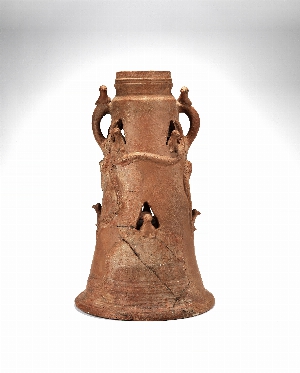
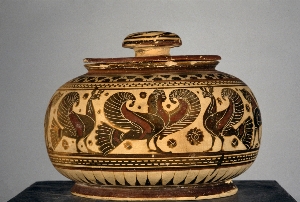
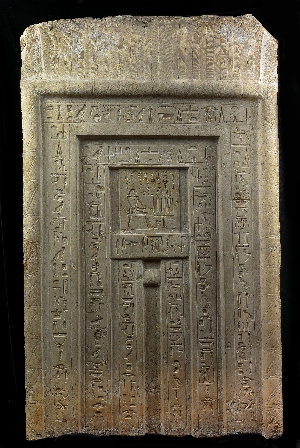

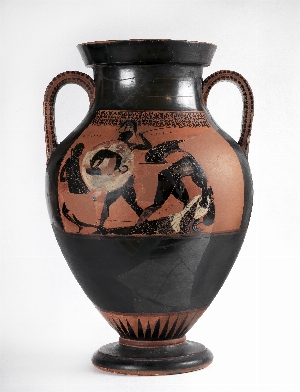
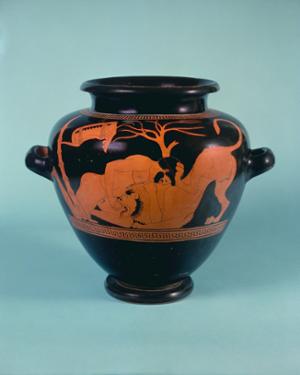
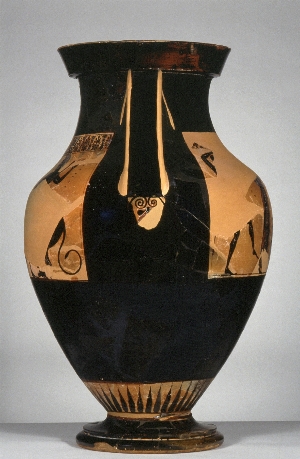
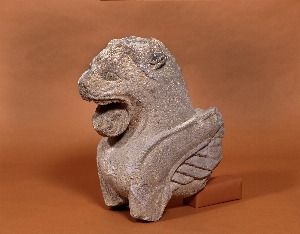
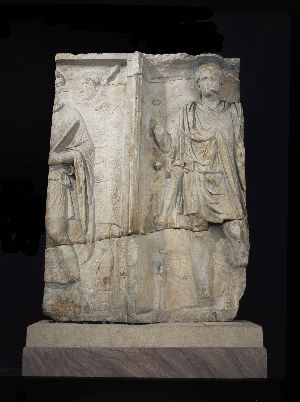
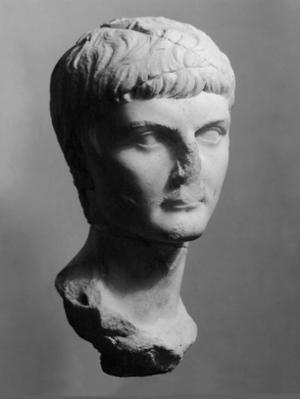
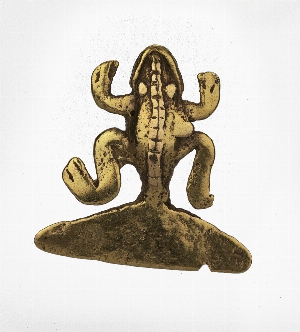
1 - 30 of 48 Records

